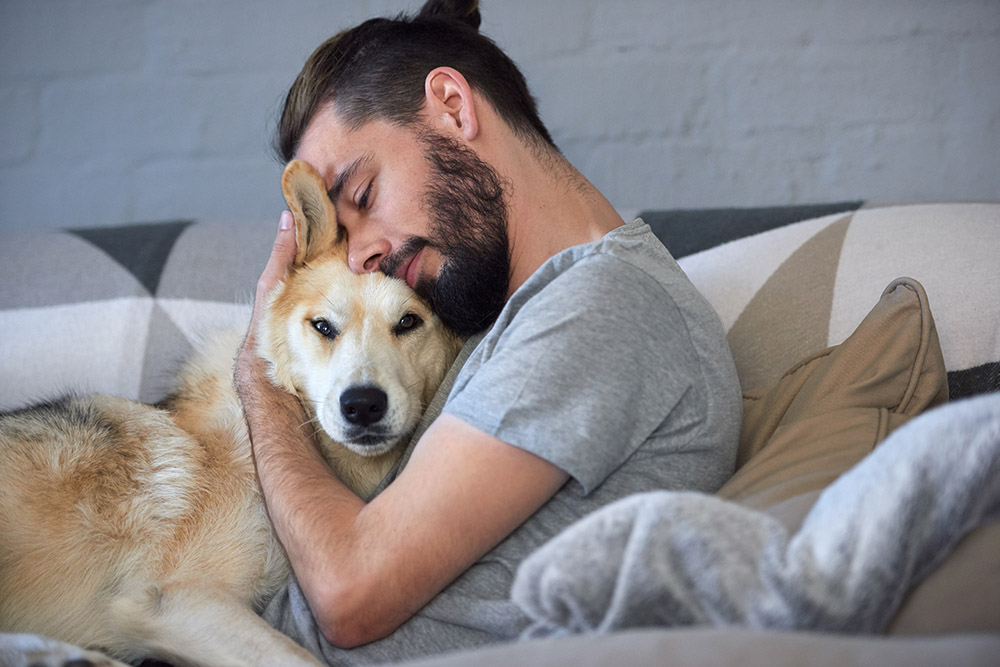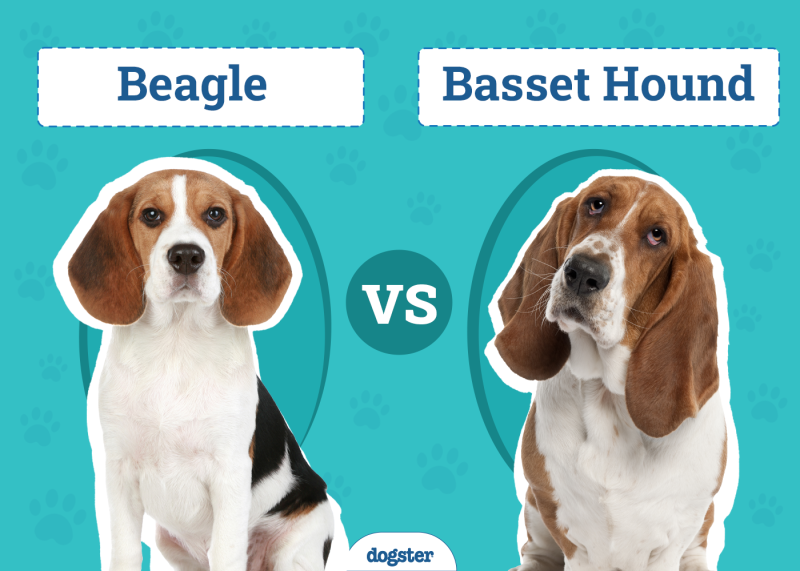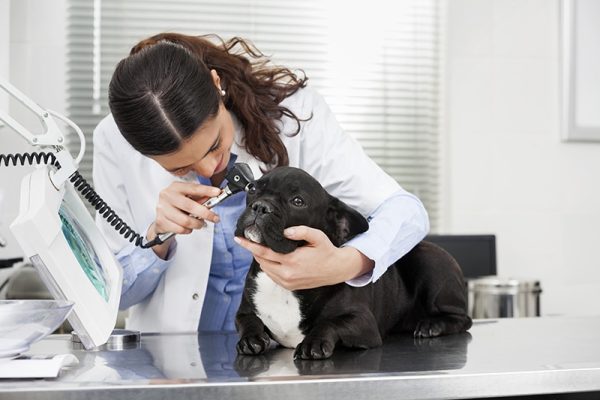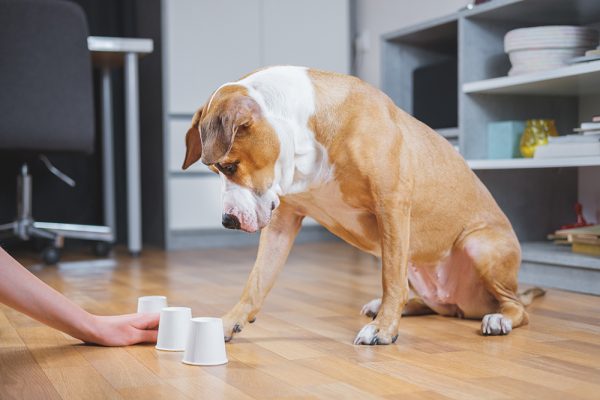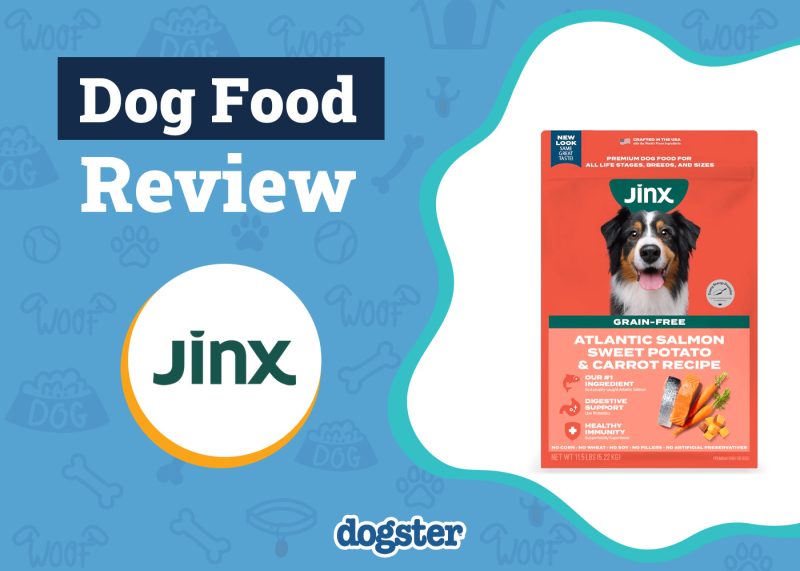In this article
View 4 More +This article is intended for readers in the United States. If you reside outside the US, please refer to relevant laws in your jurisdiction, state, or country with regards to emotional support animals.
If you are in the US, please note that legislation may continuously change. As such, we strongly recommend that you reach out to your state agency for the most up-to-date information on emotional support animal laws.
Though they exist in a class separate from service animals, emotional support animals (ESAs) can be a life-changing benefit for individuals with social or emotional needs that affect their routine. They’re also sometimes referred to as comfort or companion animals. Perhaps somewhat interesting is the fact that most beloved pets are indeed emotional support animals to an extent, even if their owners don’t think they need one, as they all provide comfort and company. Nevertheless, some people do like to have their emotional support animals recognized.
Fortunately, getting this designation can be quick and straightforward, though you can typically expect to pay a few fees on the way. So how much does it cost to make your dog an emotional support dog? A dog does not need any specific certification or licensing to be deemed an emotional support animal, and therefore, wouldn’t incur a fee from that perspective.
However, you would need a letter from a medical professional (such as a psychiatrist) which highlights your need to have an emotional support animal, and which may cost you around $200–$300.
Read on as we explain this in more detail.

The Importance of Emotional Support Dogs
Emotional support dogs are not service animals nor require the exhaustive training needed to perform specific tasks, but their simple presence is invaluable in alleviating many emotional burdens that hold individuals back. Their primary purpose is to provide companionship and comfort to their owners.
A very important distinction to note here is that an emotional support animal is NOT considered a service animal. Nor is an emotional support animal considered a psychiatric service animal. While a psychiatric service animal is trained to help an individual cope with a mental disorder (such as panic attacks or chronic depression), an emotional support animal is not one that performs this task.
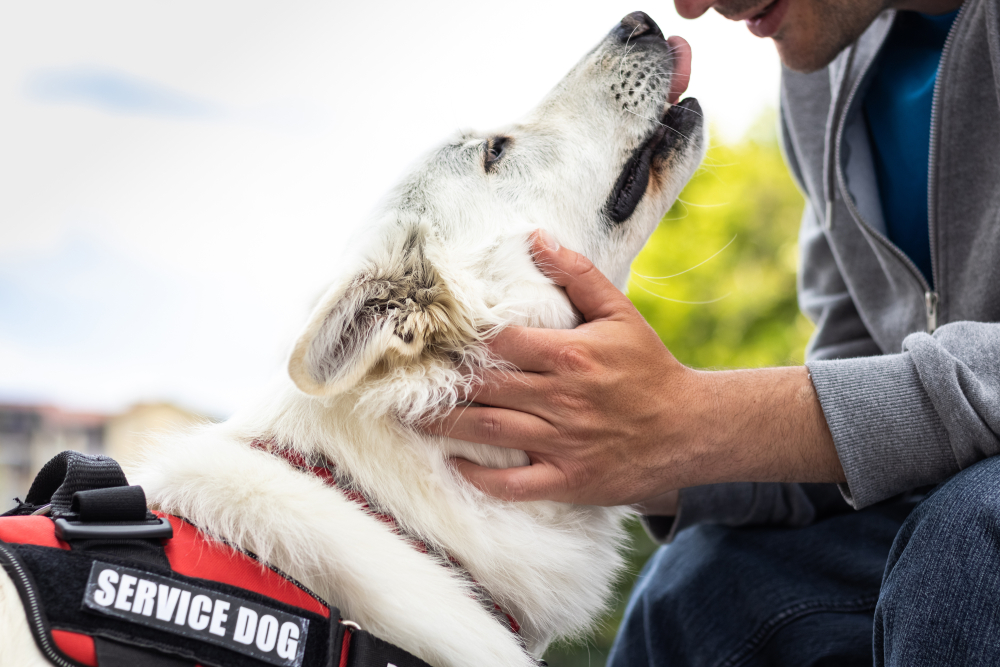

How Much Does it Cost to Make Your Dog an Emotional Support Dog?
Since dogs don’t need any training to become emotional support animals, the only cost unique to the process involves getting a letter from a licensed mental health professional (LMHP). Landlords and many state and local governments require this letter to receive rights under the Fair Housing Act (FHA).
You must schedule a consultation if you don’t currently see a psychologist or other LMHP. Consulting in person with an LMHP is crucial in helping them assess your needs and whether an ESA would help you.
Due to confusion around what conditions call for an ESA and a potential lack of legal knowledge among many health professionals, writing ESA letters has become a notable ethical issue. Not all LMHPs have the same requirements for issuing a letter, and some don’t offer them at all.
Research and discuss your need for an ESA and the LMHP’s experience to determine if they can provide the necessary services. Depending on their requirements, they may perform one or several sessions to evaluate your needs before writing a letter.
An LMHP consultation to receive an emotional support animal letter will run roughly $150–$250. Some will write the letter as part of their session, while others may charge a fee of around $75–$150.
Additional Costs to Anticipate
If you already have your dog, there are no added costs beyond the LMHP’s letter to transform them into a legit ESA. Owners may consider getting a new harness with ESA labeling, which costs roughly $15–$35. However, this is not a necessity. It is also considered disingenuous to place a “service animal” vest on an emotional support animal.
Though they aren’t a requirement, harnesses help others identify your dog as an emotional support animal and avoid confusion.


Recertification of Your Emotional Support Dog
ESA letters are typically valid for one year, though some landlords may still accept letters that have passed the 12-month mark. As they can use an old letter as a reason not to rent, it’s crucial to understand their policies and local and state laws around expiration dates.
From the LMHP’s perspective, an ESA is a prescription. The annual visit and reissued letter help them ensure your ESA is still necessary or see if you have overcome your challenges. With this renewal, you can expect another $75–$150 fee unless you still see your therapist. In that case, they may reissue the letter as part of your usual sessions.

Frequently Asked Questions
Does Insurance Cover the Cost to Make My Dog an Emotional Support Animal?
As with service animals, health insurance and pet insurance won’t cover any costs of getting an emotional support animal. Most non-profits that provide dogs for those with disabilities only work with service animals. ESAs are generally considered personal pets that don’t require placement with those in need, so any expenses for getting or raising a dog will come out of pocket.
Can I Get an ESA Letter Online?
Several services provide ESA letters online, but you must be wary of scams. Many sites offer to rush you through the process, charge low fees, or “register” your dog. ESA dogs don’t need registration in any database, so any request to certify your dog is likely misleading.
Generally, a service that doesn’t entail a one-on-one talk with a mental health professional likely won’t give you valid documentation. Speaking with an LMHP licensed to practice in your state is the only way to get an ESA letter that gives your dog access to fair housing opportunities.
- We had a chance to review the ESA Doctors Letter Service. Learn more about this company and our final verdict here.

What Happens if I Don’t Get an ESA Letter?
States and municipalities vary in how they manage emotional support animals and determine their rights. Misrepresentation often comes with penalties. Lying or showing false ESA letters could result in losing your housing, several hundred dollars in fines, and possibly community service.
Are Emotional Support Dogs Allowed on Airplanes?
As of 2021, emotional support dogs are not protected under the Air Carrier Access Act. Previously, ESAs shared the same privileges as service animals. They could fly in the cabin without discrimination or extra fees. After lobbying from airlines due to the cost, inconvenience, and abuse of the law, the government rolled back privileges on any animal other than service dogs.
Some airlines still allow ESAs but consider them as pets. They may be subject to added fees, and the airline might not let them in the cabin if they don’t meet size or breed criteria. The rules change rapidly. Always follow up with your airline before planning a flight to ensure they’ll still allow your dog to travel with you.
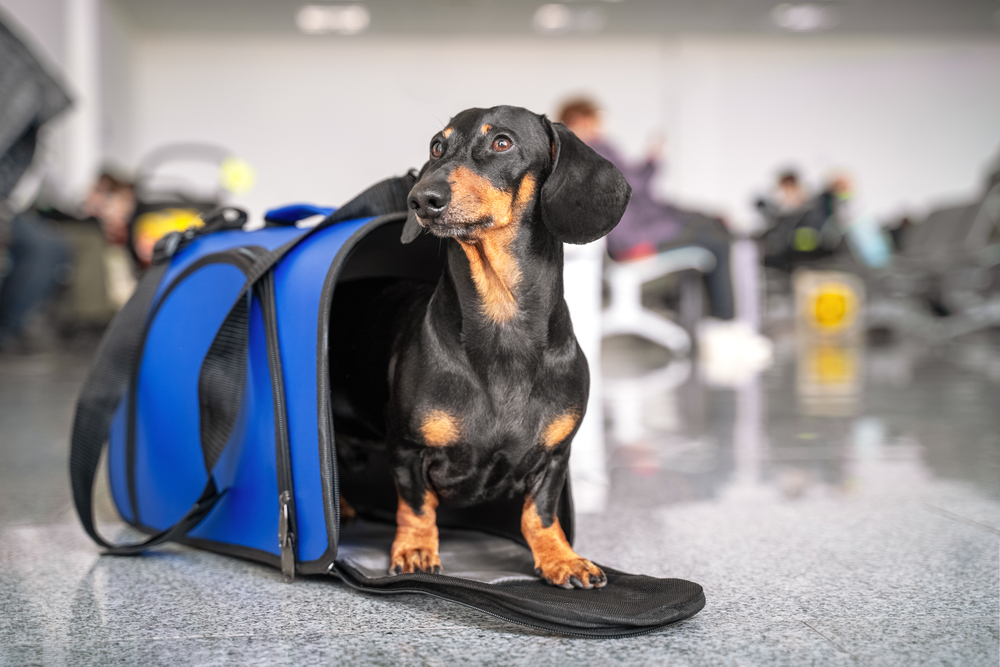

Conclusion
Emotional support animals play a crucial role for hundreds of thousands of people, but the lack of certification around them leaves many worrying about the abuse of the system. ESA letters are the vital documentation needed to prove your dog’s status.
As for how much an emotional support dog can cost, the main thing to consider is the letter from a health car provider, which on average can cost $200 to $300, which doesn’t include the cost of caring for your dog. By working with a licensed health professional and paying the cost to make your dog an ESA, you can do your part to promote the responsible use of ESAs for others.
See Also:
Featured Image Credit: Daxiao Productions, Shutterstock

